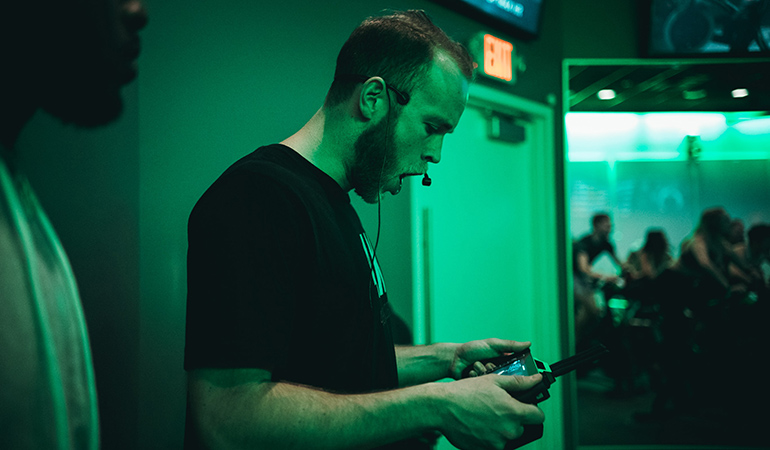In the rich tapestry of Indian aesthetics, the concept of Rasa holds a unique and cherished position. Derived from the Sanskrit root ras, meaning “essence” or “flavor,” Rasa captures the emotional experience evoked by art, drama, poetry, or music. The ancient text Natyashastra by Bharata outlines nine primary Rasas, each corresponding to a specific emotion, and these are often associated with distinct colors. Just as colors infuse a canvas with life, the Rasas bring vibrancy to human expression. Let’s explore the palette of Rasas and their symbolic hues.
1. Shringara (Love and Beauty): Green
The Rasa of love, romance, and beauty, Shringara is often linked to the color green. Green symbolizes fertility, growth, and freshness—qualities intrinsic to love and attraction. Whether it’s the tenderness of a budding romance or the serene beauty of nature, Shringara evokes a sense of harmony and renewal.
2. Hasya (Joy and Laughter): White
Hasya, the Rasa of joy, humor, and laughter, is represented by white. White denotes purity, simplicity, and clarity, much like the unbridled innocence of a hearty laugh. It’s the color of light-heartedness and carefree delight, reminding us of the sheer joy of being alive.
3. Karuna (Compassion and Sorrow): Grey
The somber hues of grey capture the essence of Karuna, the Rasa of compassion and sorrow. Grey reflects the intermediary state between light and darkness, symbolizing the depth and complexity of empathetic emotions. It’s a color that conveys solemnity and introspection.
4. Raudra (Anger): Red
The fiery red of Raudra speaks to the intensity of anger and fury. Red, the color of fire and blood, signifies passion, energy, and sometimes destruction. Raudra is raw, primal, and powerful, invoking a sense of urgency and unbridled strength.
5. Veera (Heroism and Courage): Orange
Veera, the Rasa of heroism and valor, shines through in orange. A blend of red and yellow, orange represents both the warmth of enthusiasm and the determination of courage. It’s a color that inspires action and celebrates the spirit of the warrior.
6. Bhayanaka (Fear): Black
The Rasa of fear and apprehension, Bhayanaka, is symbolized by black. Black embodies mystery, the unknown, and the depths of terror. It’s the color of shadows and the void, encapsulating the unsettling nature of fear.
7. Bibhatsa (Disgust): Blue
Interestingly, Bibhatsa, the Rasa of disgust, is often associated with blue. This color conveys a sense of aversion and cold detachment. Blue’s connection to calmness contrasts with the visceral reaction of disgust, creating a paradoxical yet evocative symbolism.
8. Adbhuta (Wonder): Yellow
The bright and luminous yellow reflects Adbhuta, the Rasa of wonder and amazement. Yellow is the color of curiosity, discovery, and illumination. It’s the hue of a child’s wide-eyed awe and the spark of inspiration in moments of revelation.
9. Shanta (Peace): Light Blue
Shanta, the Rasa of tranquility and peace, is represented by light blue. This soothing hue evokes the vastness of the sky and the calm of still waters, embodying a sense of serenity and balance. Shanta invites us to embrace stillness and inner harmony.











